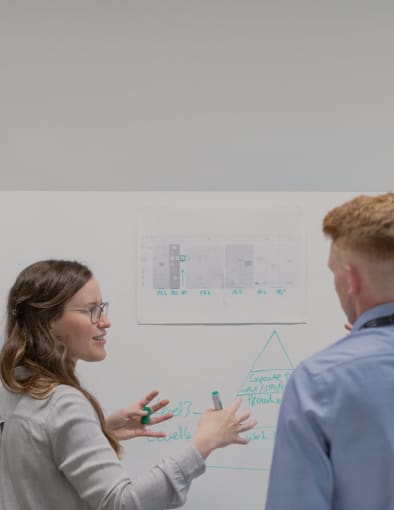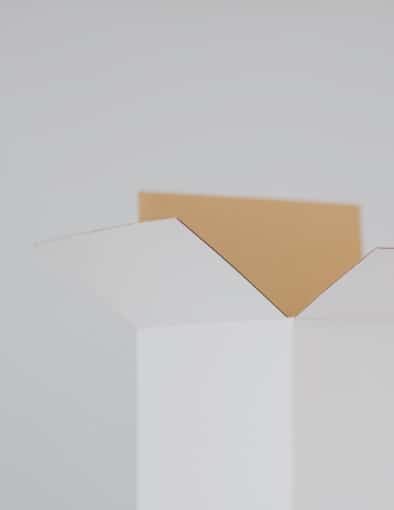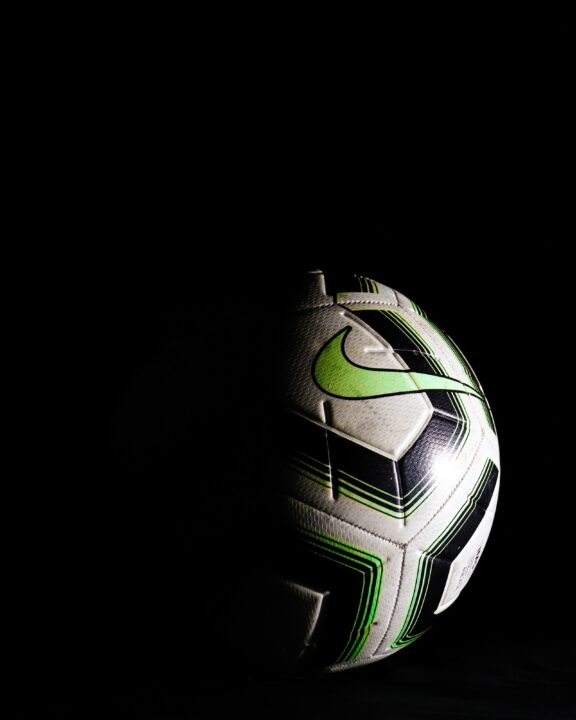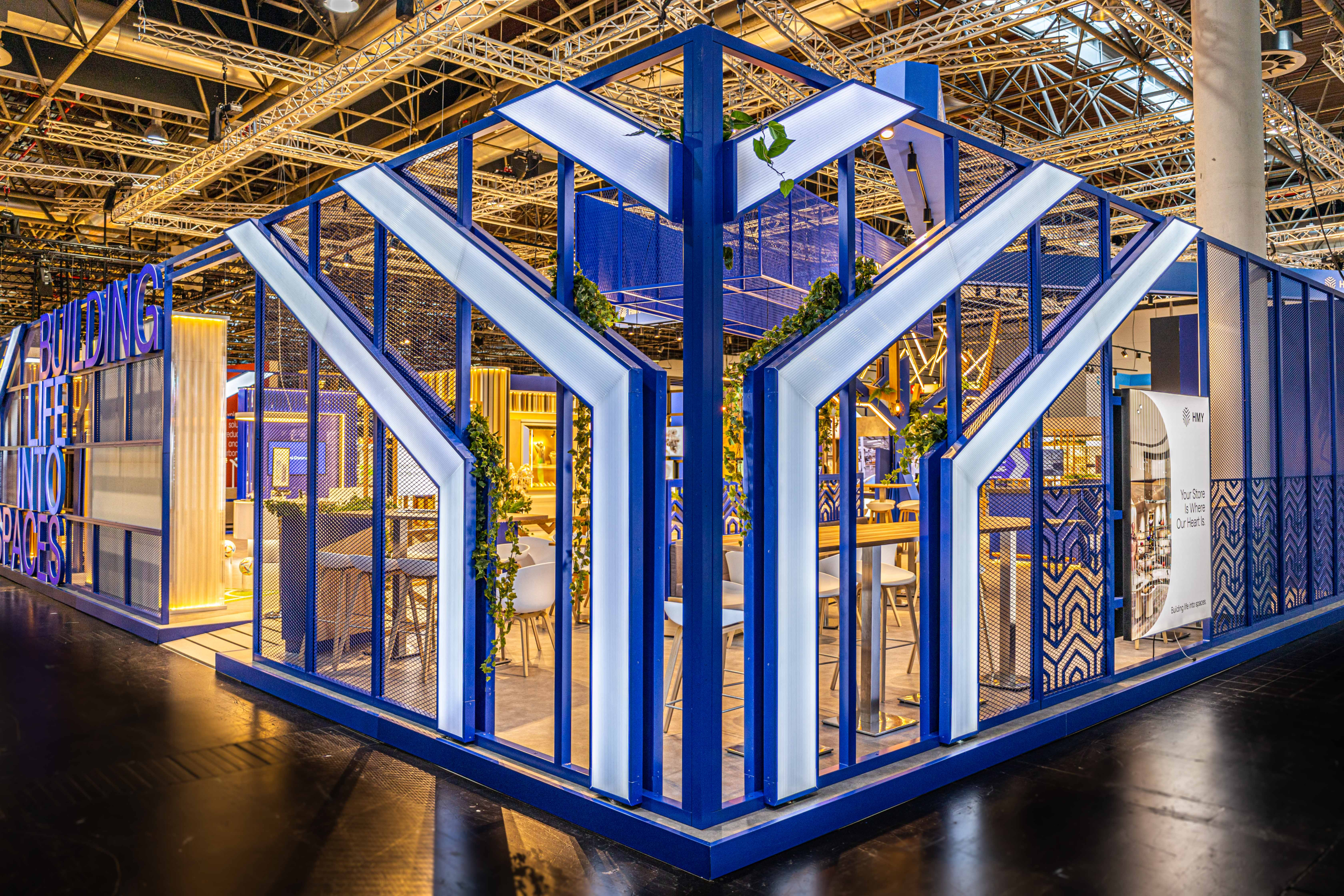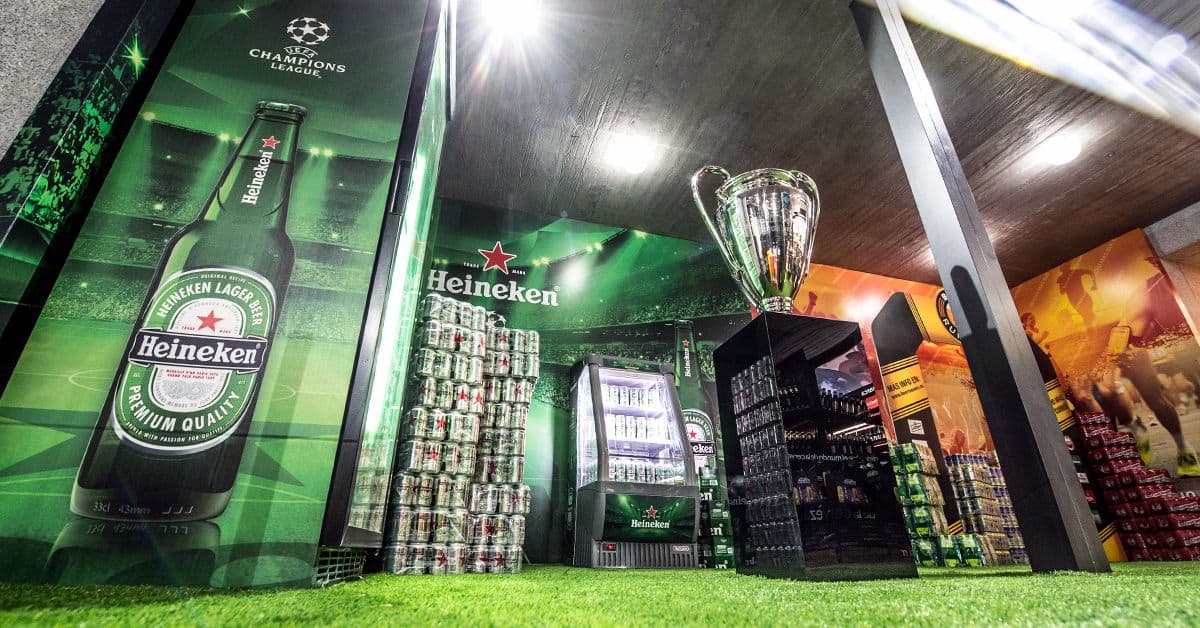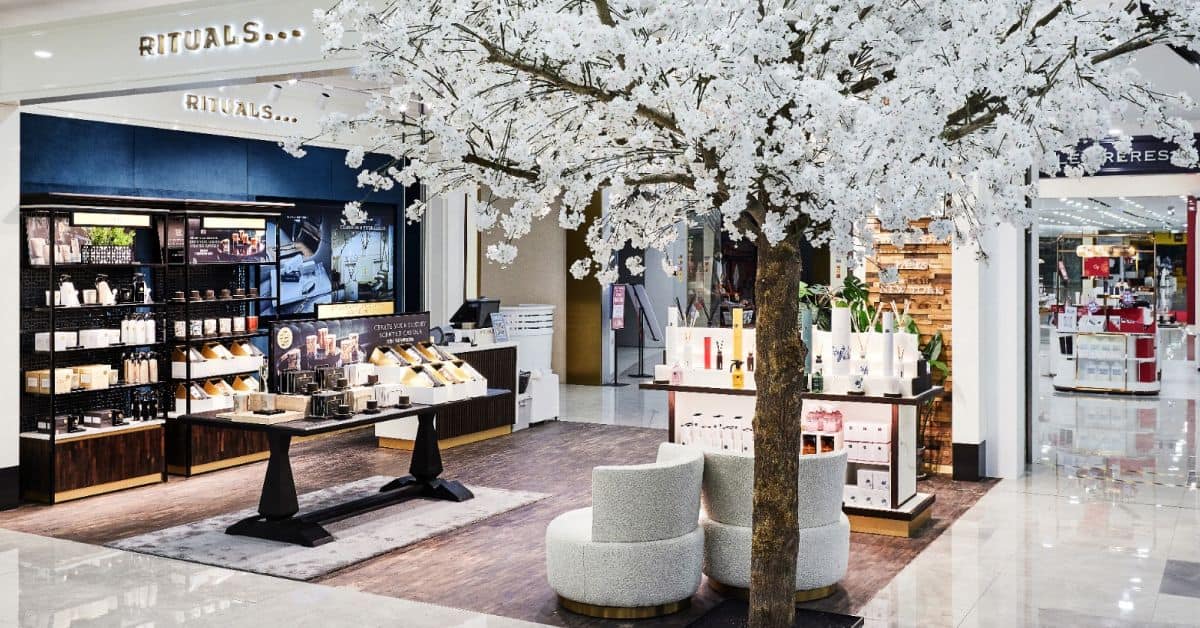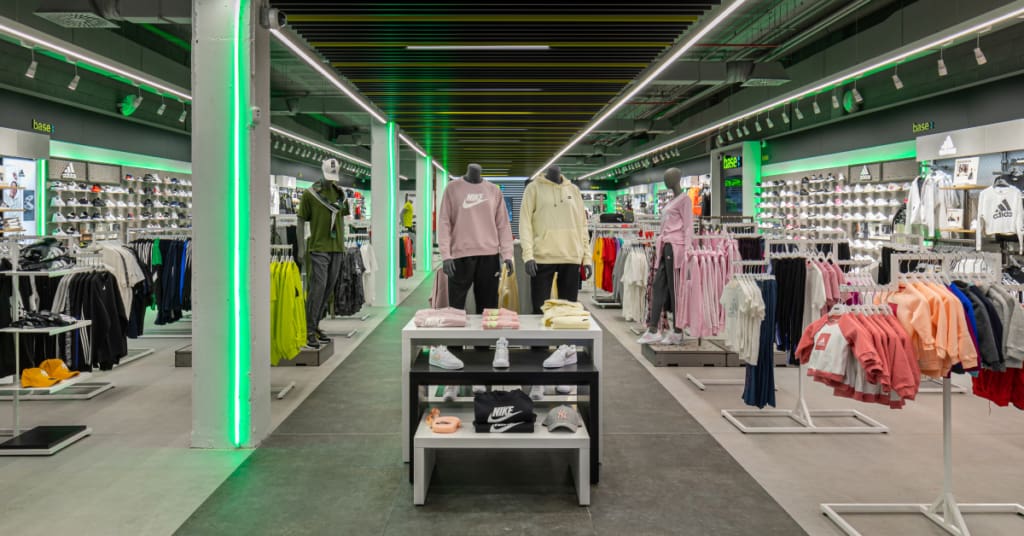3 keys to creating an efficient and sustainable environment with lighting

The importance of good lighting

Foot District
Foot District is what is known in business terms as a "pure player": a business model born for online sales.
Historically, few sectors have considered light a strategic element of Shopfitting. The premise was: illuminate the product at the lowest possible cost.
This is an understandable position given the limited variety of solutions available, where durability and price were the only variables in the equation.
But today, Shopfitting has the options, the knowledge and the tools to propose real lighting projects focused on improving the visual of the space, the customer relationship and environmental respect as a basic element of the shop rather than a premium bet.
Inefficient lighting not only produces a higher electricity bill. Its impact on the consumer experience and on the environment can also affect the cost-effectiveness of maintenance and installation costs.
We give you 3 keys to prevent this from happening and to turn your shop lighting into a differential value for consumers.
Let your store tell your story.
Because our heart is where your store is.
Because we are retail thinkers and space makers.
Because we are the global-local partner that you need.


